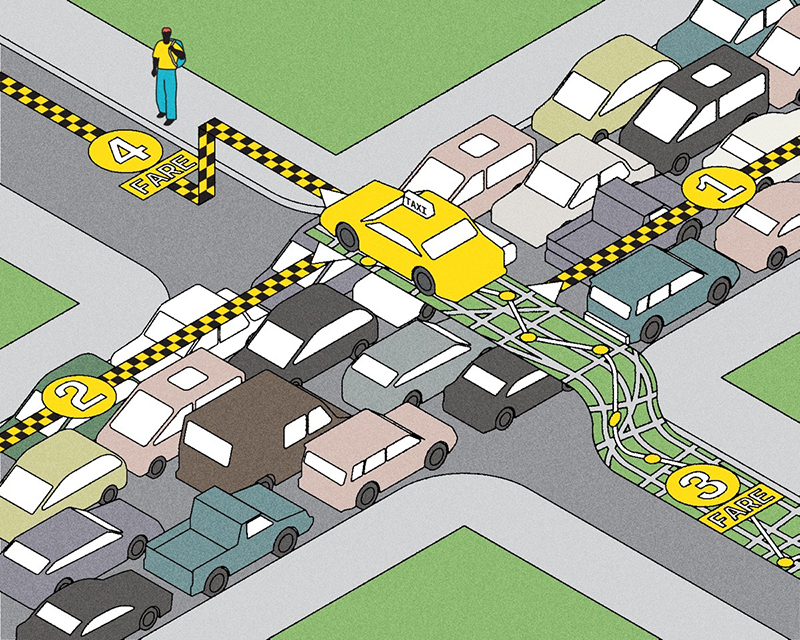Physics researchers have developed a device capable of finding and measuring an energy resource that could power Canada’s future. The electrical remote-sensing device has already quantified a deposit of methane hydrate, a natural gas energy resource, off the west coast of Vancouver Island. “Methane hydrate is quite possibly the last great hydrocarbon resource,” says physics professor Nigel Edwards. “These types of deposits could well be the major energy resource of the 21st century. And the raw material, if properly accessed, harnessed and processed, is safe and clean.” Edwards and his team identified a 10-square-kilometre area that he says would provide the equivalent of six years of electricity consumption in Canada. The remote-sensing device is the first technology that can not only help locate methane hydrate but can also determine how much is present — all without the time, risk and expense of extensive drilling.
Recent Posts
People Worry That AI Will Replace Workers. But It Could Make Some More Productive
These scholars say artificial intelligence could help reduce income inequality
A Sentinel for Global Health
AI is promising a better – and faster – way to monitor the world for emerging medical threats
The Age of Deception
AI is generating a disinformation arms race. The window to stop it may be closing



